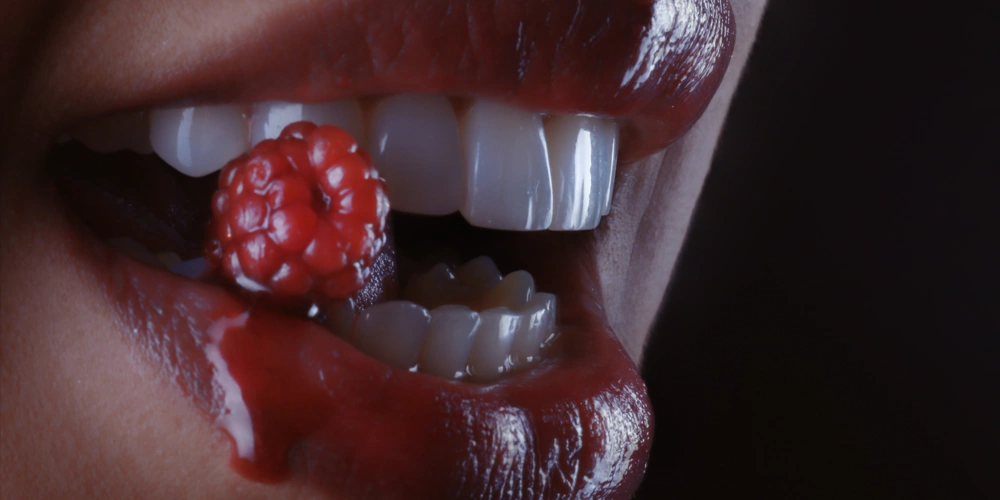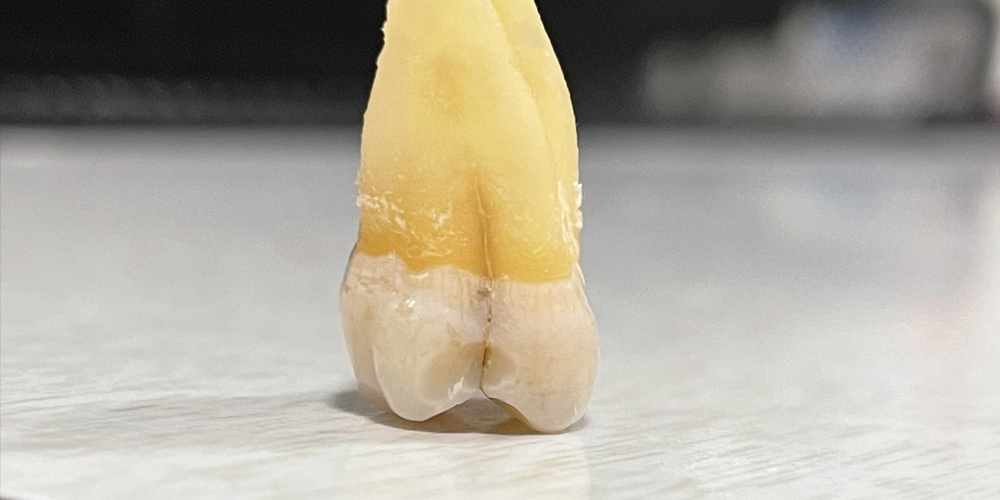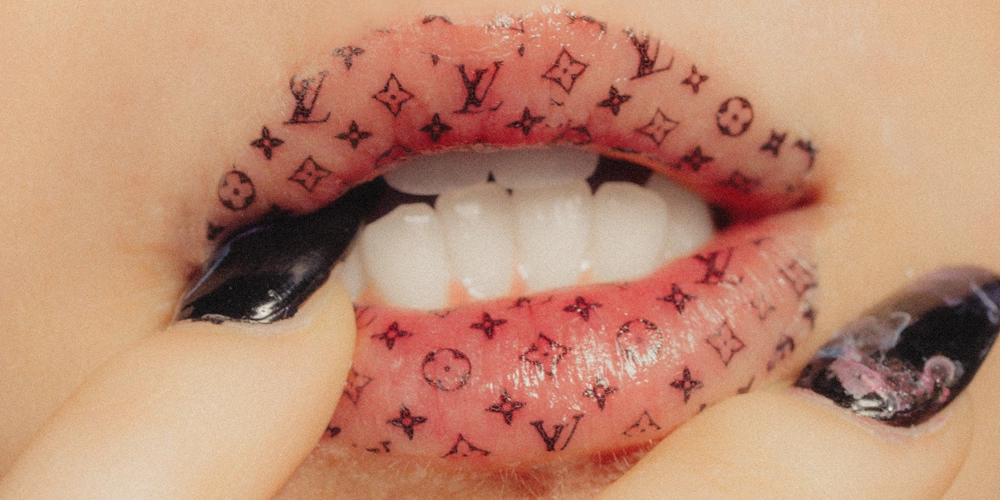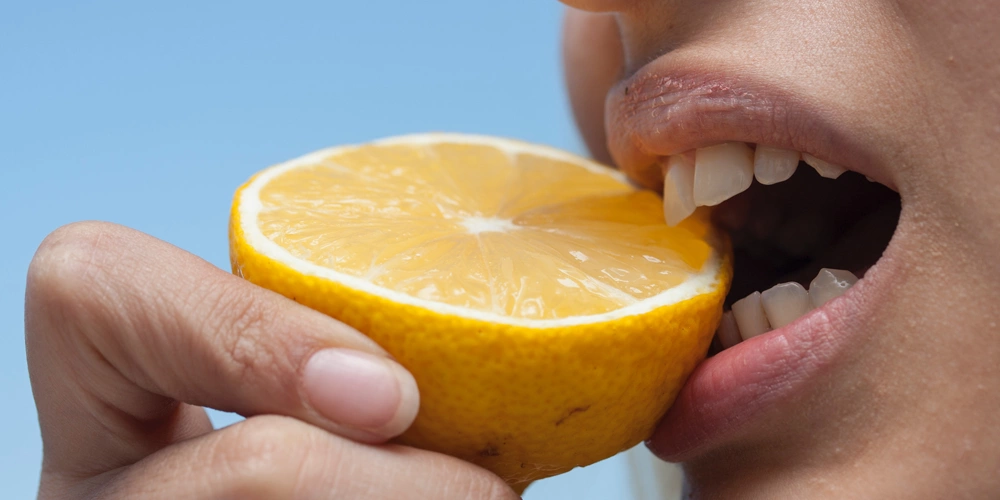Grinding & Clenching Teeth
The grinding of your teeth, as known as Bruxism, is a condition where teeth are being rubbed against each other either during the day, or more commonly, while we are asleep. Another form of oral parafunctional activity is the concept of clenching. In this case, we compress our teeth together. Grinding and clenching teeth usually go without the person being aware they are performing these actions. There have been studies that correlate bruxism with sleep apnea. If you suffer from grinding or clenching, come visit our local dental office in Santa Maria and let us provide you a solution.
“We give you a reason to smile!”
The Results of Grinding & Clenching Teeth
One of the most common sleep disorders, which can cause damage to the oral cavity is grinding teeth, also known as Bruxism. At time clenching and bruxism can occur at the same time. While the person is unaware and sleeping, they are grinding their teeth and pressing them hard together. While this does not sound traumatic, many other negative consequences are associated with this behavior. One of the most common is the irreversible excessive wear to the teeth. Other negative consequences associated with bruxism can be fractured (broken) teeth, jaw and facial pain, gum recession, losing of teeth, failure of dental restorations and many more.

Signs & Symptoms
There are a few ways to discover if you grind your teeth. One way would be by the evaluation here at Modern Smile Dentistry. Dr. Nima Mashhoon will be able to evaluate your oral cavity and be able to determine if there is evidence illustrating such behaviors. Another common way people tend to learn they are grinding their teeth is by a partner or spouse who sleeps next to them, who can be disturbed by the noise or action of bruxism. Another way you may be inclined to think you grind or clench your teeth is if you have anxiety related disorders, chronic stress, earaches, fractured or chipped teeth, gum recession, headaches, or if you are showing premature wear on your canines (cuspids) and other teeth.
Reasons for Seeking Treatment
As mentioned above, grinding, or bruxism, can lead to many other complications and long-term problems. Our goal would be to identify that grinding and/or clenching exists, then address this condition with our available solutions before any long-term or perminant complications arise. Some of the reasons for seeking treatment are premature tooth wear, tooth fracture and chipping, myofascial pain and arthritis.

Premature Tooth Wear
Via bruxism, teeth are being aggressively rubbed against each other. Through the years, this rubbing and pushing of teeth on teeth, can lead to the premature wear, which can lead to grinding affect away tooth structure. As grinding progresses, teeth become flattened and small, which through the years, can lead to a condition called a “collapsed bite.” This term if used when all your teeth are ground down and the form of your bite changes, as well as your facial profile. While possible, to alleviate a collapsed bite is a very expensive and time-consuming treatment. It is important to prevent the problem before it occurs.

Tooth Fracture and Chipping
During bruxism, the teeth experience great forces from the opposing teeth. These forces can either be in the lateral or vertical form. While enamel (outer layer of the tooth) is known to be one of the hardest materials in the human body, these teeth can still be chipper and or fractured during the prolonged and extreme forces associated with bruxism. These traumas can lead to some conditions needing; restorations, root canal therapy, or even extractions.

Myosfascial Pain
While bruxism is the process of teeth grinding on teeth, it is the muscles in our faces that contracts, performing these actions. Moreover, with the shortening of the teeth, these muscles will be affected in a way, which can lead to myofascial pains and headaches, leading to a chronic problem and discomfort.

Arthritis
The action of bruxism is the movement of teeth and the jaw to grind against each other. This continuous and prolonged behavior can later cause problems and complications associated with the TMJ. While rare, the lack of treatment for bruxism can lead to TMJ issues later, which could possibly lead to such problems, including; limited chewing, opening and jaw movements. Please refer to the TMJ page for more details.
Treatment Options for Grinding and Clenching
While there is no ‘cure’ for bruxism, and some studies have correlated a genetic factor to this condition, however, there are a variety of ways to prevent or lessen the damage(s) associated with bruxism. There is no sedation required when it comes to treatment option for grinding and clenching. Dr. Nima Mashhoon can complete an exam and recommend the best treatment options for you.

Botox®
Botox® is an injectable prescription medication that is used to temporarily lessen the strength of muscles, in the case of bruxism. While it has many other beneficially factors, in the case of bruxism, to lessen the strength of your jaw muscles allows for minimal or no damage of your teeth. While Botox is a great form of treatment, this method will have to maintained as the medication wears off with time. Please ask your dentist if Botox is right for you.

Night Guard
A night guard is a mouth appliance that is worn nightly before bed. This appliance can be worn either on the lower jaw (mandible) of the upper jaw (maxilla). Night guard appliances are used to prevent the grinding and rubbing of teeth (bruxism) during sleep. They aid in protecting the teeth from clenching and the damages that are associated with those two behaviors. While these plastic appliances are wonderful at creating a barrier between your teeth, like any material will wear with time and will need to be replaced. These appliances are custom made to fit your exact mouth for optimum comfort and functionality. Please ask your dentist about a night guard and which is the best for you.

